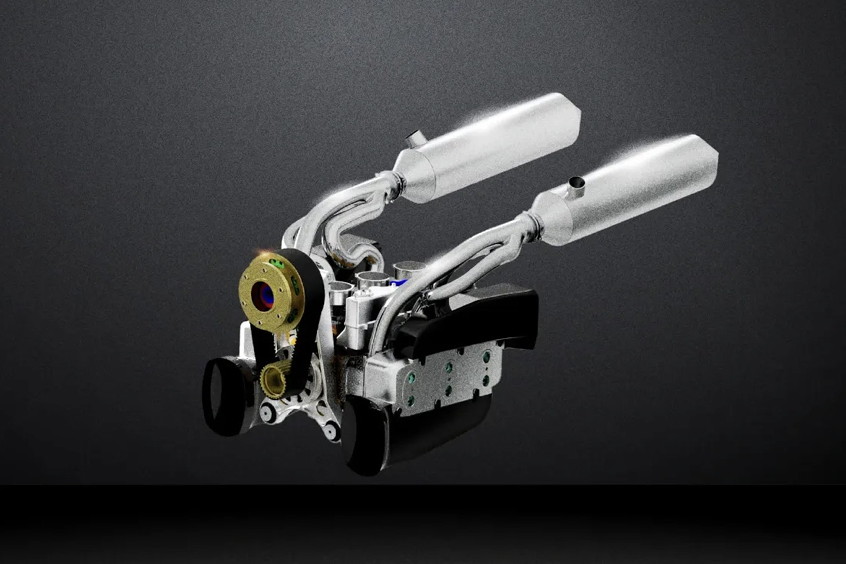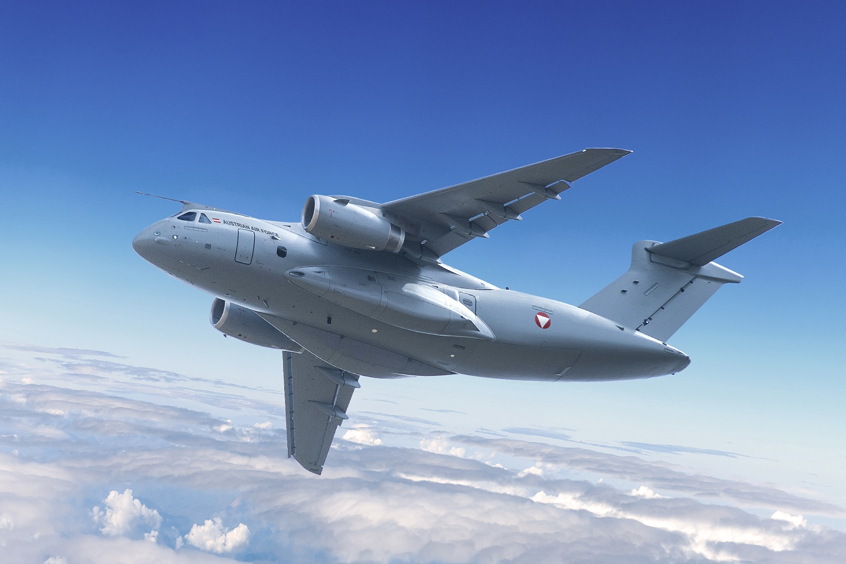Cincinnati-based, Lambda Technologies has completed a research program detailing their successful solution to restoring and improving the damage tolerance and eliminating stress corrosion cracking (SCC) in a vital component of the Boeing C-17's main landing gear.
Through the combined use of Low Plasticity Burnishing (LPB) with current manufacturing methods, Lambda Technologies, in conjunction with Boeing and the Air Force Research Laboratory (AFRL), has developed, qualified, and demonstrated that LPB mitigates SCC and improves the damage tolerance of the C-17's main landing gear.
The C-17's main landing gear is manufactured from 300M steel, which is used extensively for aircraft landing gear because of its high strength and fracture toughness. Unfortunately, like other high-strength steels, 300M is vulnerable to corrosion fatigue and SCC, which, if left unresolved, can lead to catastrophic consequences in the landing gear. As the C-17 fleet is deployed in disparate operating environments, like those experienced in the War in Iraq, the potential for SCC in the landing gear grows. The U.S. Air Force declared the first C-17 Globemaster III squadron operational in January 1995, and since the first flight in 1991, the C-17 fleet has logged over one million flying hours.
LPB, a patented process developed by Lambda Technologies, is a proven surface treatment that develops a deep layer of high compressive residual stress (RS) to mitigate fretting fatigue, corrosion fatigue, or fatigue from foreign object damage (FOD). Residual stresses are stresses that remain in the surface after the source of the stresses (in this case, the LPB tool) has been removed. LPB, unlike other burnishing or "deep rolling" methods, involves a single pass of a smooth free rolling spherical ball tool used under a normal force sufficient to deform the surface of the material, creating a compressive layer of residual stress with controlled plastic deformation.
According to Lambda Technologies President and Director of Research, Paul S. Prevéy, "By imparting a layer of deep compressive residual stress, LPB eliminates the potential for stress corrosion cracking. In this regard, we developed some rather spectacular results that have been confirmed by the Air Force Research Lab. Considering that stress corrosion cracking can render one of the most robust designs in an aircraft susceptible to failure, we feel that it will provide for safer aircraft operations in take-offs and landings. This is particularly true in military operations where aircraft are exposed to aggressive environmental factors such as salt water".
Application of LPB to the fatigue prone areas of expensive and critical aircraft components such as landing gear, propeller hubs, and turbine engine blades promises significant fatigue life extension with minimal initial capital investment and low production costs. Conventional SCC mitigation includes modifying the material (alloy chemistry) or the use of protective coatings to eliminate contact with the corrosive environment. These methods can be costly and time consuming. Alternatively, LPB is easily incorporated into the existing overhaul shop environment.
As an additional benefit, LPB can be performed during manufacture of the component eliminating the need for shipping components to other facilities for surface treatments. Also, any surface topography that can be followed with a multi-axis CNC tool, and is accessible to the LPB tool, can be LPB processed. The form and magnitude of the compressive zone can be engineered to maximize fatigue life.
Lambda Technologies' origination and development of LPB is being viewed by many as the solution to the corrosion fatigue and SCC dilemma. In a recent inquiry, researchers at the Air Force Research Laboratory investigated the use of LPB on 300M steel. AFRL's Materials and Manufacturing Directorate (AFRL/ML) compared the results to those obtained using conventional shot peening, the current state of the art. The tests indicated that LPB imparts persistent compressive residual stresses in 300M steel surfaces and that LPB-treated specimens more effectively withstand fatigue, FOD-related damage, and SCC. Continuing research efforts could result in more durable steel components for military and commercial aircraft landing gear.
The successful completion of the C-17's Main Landing Gear research program paves the way for Lambda Technologies to move forward in applying the LPB process to a multitude of commercial, industrial and military aerospace components.
| Contact details from our directory: | |
| Lambda Technologies Group HQ | Metal Finishing/Polishing, Testing Services, Fatigue Testing, Shot Peening, Stress Relieving, Failure Investigation, Fatigue Enhancement, Burnishing, Technical/Eng/Scientific Studies, Engineering Design Services, Fracture Testing Services, Laboratory Testing Services, Metallurgical Testing, Product Lifecycle Management |
| Air Force Research Laboratory (AFRL) | Technical/Eng/Scientific Studies, Research/Consulting Services, Wind Tunnels |
| Related directory sectors: |
| Test Services |
| Surface Treatment |
Weekly news by email:
See the latest Bulletin, and sign up free‑of‑charge for future editions.

EDGE launches Powertech for high-performance aero engines
GE uses exascale supercomputers for Open Fan engine

Embraer begins assembly of Austria’s first C-390
